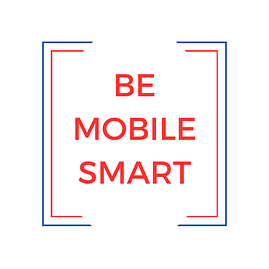As columnists look back on year-end 2023, many cite how generative AI broke into the news cycle and now threatens their job security. Generative AI is not an upstart, yet the public awareness of its advanced significantly during the past year. Another trend with AI underpinnings, is the continuing convergence of transportation and communications. The convergence accelerated in 2023, but often, in the public mind, with negative news. 2023 offered up stories of the “not-prime-time- ready” self-driving Teslas and Cruise vehicles.
But, when you look under the radar- there is growing recognition of the convergence- that cars are like phones and phones are like cars. In November 2023 the world’s biggest telecom equipment producer, Huawei, announced that it would take preorders of a new electric vehicle . It is designed to compete with the Tesla Model S. Meanwhile, another Chinese company Xiaomi, said it would roll out an electric sedan. Xiaomi, sometimes called The Apple of China, is the second-largest manufacturer of smartphones in the world, behind Samsung.
Until now, both of these Asian firms developed phones and software- not cars. Why the push in 2024? It’s a vast potential market. Instead of using apps on their mobile phones, drivers can use apps in the vehicle to manage maintenance, find available charging stations, log mileage, map routes, and choose music or entertainment. Down the road, so to speak, a connected car also improves on conventional travel: it will make roads safer, and reduce traffic and accidents.
A Telonphone?:
The telecomm/transportation convergence did not happen overnight. Back in 2022 Elon Musk punted that he would develop a smartphone (e.g. the tELONphone) if Apple and Google removed the Twitter App from their platforms. Many Tesla functions, from unlocking the vehicle door to downloading software updates, depend on telecomm inputs. BMW also took software to a new level when they tried to introduce heated seats and software that could be “rented” on a subscription basis. The Wall Street Journal continues to run stories suggesting that Apple can develop a smart car, but Apple has never described any plans publicly.
Still, Apple moves forward with a singular twist on the telecommunications/transportation convergence. With iOS15 and later, drivers can put their phones into “Driving Focus” which silences or limits text messages and notifications. This feature can be automatically activated with CarPlay.The integration goes further. Crash Detection, the name of software on the newest phones, uses sensors to detect a serious accident and will call emergency services after a 20-second delay if a human, presumably sentient, does not override it.
Where Do You Want to Go This Year?
So, where does this convergence go? It’s not just for moving vehicles. A marketing watershed took place in 2018 when Burger King ran a promotion in which, if a customer’s phone was within 600 feet of a McDonalds, the Burger King app would let the user buy a Whopper for one cent. A number of companies specialize in mining location and phone data (e.g. Inrix/Parkmobile) According to a 2021 assessment, this is an estimated $12 billion market that will only continue to grow.
In the early days of the Internet Super Highway, Microsoft touted a snappy slogan that prompted “ Where do you want to go today?” That slogan is lost to time but in 2024 it remains prophetic, as phones, cars, and roads continue to converge. While the rest of the public is focused on ChatGPT and its spin-offs, it’s the car/phone convergence that is really talking.

